84 F. high temperature at KMSP Thursday afternoon.
73 F. average high on May 28.
81 F. high on May 28, 2014.
May 28, 1965: Late season snow falls across all of Minnesota with Duluth and Caribou reporting an inch.
 Merits of Dew Point
Merits of Dew Point"It's
not the heat it's the humidity." Chances are you've heard that before,
and it's true. When there's considerable water in the air your body's
natural cooling system (evaporating sweat off your skin) doesn't work
nearly as efficiently, making it easier to overheat.
Relative
humidity is just that, relative to the temperature. A humidity of 90
percent on a day when it's 60F is tolerable. But a relative humidity of
45 percent on a 95 degree day is hideous; like living in a close-in
suburb of Hades.
Dew point is a much better indicator, an absolute
value, one number that instantly sums up how it really feels outside.
Anything above 60 is sticky, 70 feels tropical, 80 is dangerous. In the
7-Day, where appropriate, I'll be mentioning dew point (DP) to try and
set sweaty expectations.
Showers and a few heavier T-storms
blossom today with some half-inch-plus rainfall amounts. Have a Plan B,
especially evening hours. Cool, dry Canadian exhaust treats us to a
fresh blue-sky weekend.
Dew points drop from 60F to 40F, meaning half as much water in the air.
A sticky warm front surges north next week; more 80s with a dew point that will make you want to quickly change the subject.
Minnesota's Drought is Fading Fast.
The same shift in the pattern bringing historic rains to Texas and
Oklahoma is also fueling more heavy rain for Minnesota, and the drought
that kicked off spring in the Upper Midwest is fizzling faster than you
can say "weather whiplash". In one week moderate drought went from
affecting nearly half of Minnesota to 24% of the state. Parts of central
and far southern Minnesota are now drought-free. At the rate we're
going much of the state may be in good shape with soil moisture and
lake/river levels within another 2-3 weeks. The latest U.S. Drought
Monitor for Minnesota is
here.
7-Day Rainfall Forecast.
NOAA's GFS model is predicting some 2-4" rainfall amounts from the
eastern Dakotas into the Red River Valley and Minnesota Arrowhead over
the next week, some of that coming Friday, another shot of moisture next
week. Texas will see more heavy rains over the next 3-4 days, while
bone-dry conditions persist over California.
 Short-Term Cooling Trend
Short-Term Cooling Trend.
GFS guidance shows cooler, drier air surging south of the border,
resulting in free A/C from the Upper Midwest into the Great Lakes and
eventually New England. Any respite from the humidity and T-storms will
be brief as another warm front pushes north next week. Guidance: NOAA,
animation: AerisWeather.
A Very Comfortable Weekend.
Highs hold in the upper 50s to low 60s Saturday under blue sky; Sunday
will be a few degrees milder but clouds will increase with the best
chance of a PM shower west of MSP. We warm up next week; another streak
of 80s with a few heavy T-storms Thursday. Source: Weatherspark.
Hopes Rise For a Strong El Nino To Ease California Drought.
The same warm phase of the Pacific that's spiking rainfall amounts for
Texas and Oklahoma may bring more much-needed rain to California later
this year; here's an excerpt of a story at
The Los Angeles Times: "...
El
Niños have been responsible for two of California's wettest and most
destructive rainy seasons: the winters of 1982-83 and 1997-98. Now,
experts say, a potentially powerful El Niño this winter could be the
beginning of the end of the drought. This month's weather suggests how
El Niño's building strength is already affecting the United States. It's
giving weather scientists reason to be cautiously optimistic that it
has the stamina to see it through California's rainy season, which
typically begins in October and ends in April..." (File image above).
The Science Behind an Indian Heat Wave. Here's a snippet of an interesting explainer from Indian Real Time at
The Wall Street Journal: "...
The
severe heat wave gripping parts of India started gathering force when
cyclonic patterns of clouds and winds over the Bay of Bengal drifted
away, bringing an abrupt end to pre-monsoon showers. Although high
temperatures are commonplace during the summer season in India between
April and June, sporadic rains–often the result of cyclonic, or
low-pressure, systems–provide temporary relief. But the heat-beating
clouds over the Bay of Bengal recently drifted northwest leaving behind
an Indian heat wave..."
Photo credit above: "
An
Indian commuter uses the train's hose pipe to cool down on May 24, 2015
at the railway station in Allahabad, India. Most of northern India has
been reeling under a heat wave with temperatures soaring to over 46
degree Celsius." (Prabhat Kumar Verma/Zuma Press/TNS).
Texas Was In A Horrible Drought Last Year. Now It's Flooded. What Gives? Houston saw 1 inch of rain in 5 minutes? Meteorologist Eric Holthaus puts things into perspective at
Slate; here's an excerpt: "...
A steadily escalating whipsaw between drought and flood is one of the most confident predictions of an atmosphere with enhanced evaporation rates—meaning, global warming. Since 1958, there’s been a 16 percent increase in the amount of rain falling in the heaviest rainstorms on the Plains, even as long-term projections point toward an increased risk of megadrought. Both of these can happen at the same time..."
"Weather Whiplash" Promises To Bring More Dangerous Extremes. Where have you heard that before? Here's a link to a segment on Thursday night's edition of the
NBC Nightly News: "
Scientists
say climate change is exacerbating the wild weather swings amid a year
of historic floods, fires, tornadoes, snow and ice across the U.S."
 Texas Rains In Keeping With Climate Change
Texas Rains In Keeping With Climate Change. Here's an excerpt of a statement from
The Union of Concerned Scientists: "...
Below
is a statement by Brenda Ekwurzel, senior climate scientist at the
Union of Concerned Scientists. “Around the world, April ocean
temperatures have broken records. The Gulf is no exception. The hot Gulf
waters combined with a brewing El Nino have contributed to some of the
intense precipitation in Texas and beyond. “In addition, because a
warmer atmosphere holds more water, climate change means that when it
rains it’s more likely to pour. In Texas, the heaviest rainfalls have
increased more than 16 percent over the long-term average. This trend
will only increase as temperatures rise even more..."
Photo credit above: "
A destroyed car is submerged in the Blanco River in Wimberley, Texas, after the flood on Tuesday May 26, 2015." (Jay Janner/Austin American-Statesman/TNS).
Climate Change, A Factor in Texas Floods, Largely Ignored. Here's a clip from a story at
The Texas Tribune: "...
Extreme weather events,
and more of them, are among the most agreed-upon effects of global
warming in all the scientific literature on the subject, said
Nielsen-Gammon, who is also a professor at Texas A&M University.
Part of the explanation is that ocean temperatures are rising, bringing
more moist air into the state that can create storm systems. In the past
century, precipitation in Texas is up 7 to 10 percent, and the
frequency of two-day heavy rainfall spells has nearly doubled..."
Photo credit above: "
A
photo provided by the Harris County Flood Control District shows flood
waters covering Memorial Drive along Buffalo Bayou in Houston, May 26,
2015. The heavy rains have killed at least eight people in Texas and
Oklahoma, including two in Houston where flooding turned streets into
rivers." (Harris County Flood Control District via The New York Times).
"A Weather and Climate Trifecta".
On Wednesday I had a chance to chat with Ed Schultz on his MSNBC Show
(ironic that he was sitting in Detroit Lakes and I was at an uplink
facility in Minneapolis) and he asked me to try and put the Texas
flooding into context. How much is natural variability vs. thumbprints
of climate volatility. The entire 7 minute segment is
here.
Forecasters Predict "Below Average" 2015 Hurricane Season - But Threats Still Lurk.
Where will they form, where will they go? In spite of all our
technology there is no way to answer that question. Here's an excerpt of
a story at
TIME: "...
It’s
also important to remember that a storm doesn’t necessarily have to be
powerful in order to wreck a lot of havoc. Superstorm Sandy wasn’t
technically strong enough to be rated as a hurricane when it made
landfall in New Jersey on Oct. 29, 2012—yet it caused north of $60
billion in damage because of its sheer size and because it squarely hit
some richest, most populated coastal territory in the U.S. There’s no
way to predict today where any hurricanes that may form in 2015 could
make landfall—and location matters as much as strength..."
Image of 2012 Superstorm Sandy courtesy of NASA.
NOAA Issues Its Forecast For The 2015 Atlantic Hurricane Season.
Yes, El Nino should mean more wind shear over the tropics and fewer
tropical storms and hurricanes. Then again all it takes is one. Here's
the intro to a story at
ABC News: "
The coming hurricane season
in the Atlantic Basin is expected to be calmer than normal, but that
doesn't mean the East Coast is off the hook, according to a forecast
issued today by the National Oceanic and Atmospheric Administration's
Climate Prediction Center. There's a 70% chance that the hurricane
season in the Atlantic will spawn six to 11 named storms between June 1
through Nov. 30, and of those named storms, three to six could become
hurricanes, including up to two major hurricanes of categories 3 to 5
during the season, forecasters said..."
Extreme Rainfall Events On The Rise.
It's not just Texas and Oklahoma, it's New England, and much of the
Upper Midwest. Here's an excerpt of a story based on research conducted
by
The Rocky Mountain Climate Organization: "...
New
RMCO analysis of a half century of precipitation data across the
Midwest, defined as Illinois, Indiana, Iowa, Michigan, Minnesota,
Missouri, Ohio, and Wisconsin, indicates the region has had an
increasing number of large storms since 1961. The largest of
storms—those of three inches or more of precipitation in a single
day—have increased the most, with their annual frequency more than
doubling over the past 51 years. The frequencies of all large storms,
especially the largest, have particularly spiked this century..."
Graphic credit above: "
Changes
in frequencies of storms in the Midwest, by category of storm size for
five decades, 1961-1970 through 2001-2010. Labeled changes are for the
last decade. Comparisons are to frequencies in 1961-1990."
3 Out Of Every 4 Tornado Warnings Are False Alarms.
Strongly rotating storms in an environment that's ripe, primed for
tornadoes, is usually enough for a warning to be issued. But only 1 in 4
warnings will produce an actual tornado touchdown - this can lead to
resentment, and apathy, when a real tornado does, in fact, materialize.
The problems are discussed in a solid article at
FiveThirtyEight; here's an excerpt: "..
.I
think it points to the fact that we still have a long way to go,” said
Greg Carbin, a warning coordination meteorologist at the agency’s Storm
Prediction Center in Norman, Oklahoma. “You don’t want to miss the bad
events. Even in the event where we’re wrong several times, you would
rather have a warning out there and have it miss than have an event and
not have one out there.” This has been the case for decades. Forecast
verification data from the weather service over the past two decades
shows that for all the advances technology has provided to forecasting,
the agency has made only a relatively small dent in how often it’s wrong
when issuing a tornado warning (from 80 percent in 1989 to 72 percent
in 2014)..."
Noctilucent Clouds Glow High Above Scotland.
Spaceweather.com
has an interesting post about these mysterious high-level clouds that
can rarely be seen in the skies over Minnesota; here are a couple of
excerpts: "...
The northern summer season for noctilucent clouds
(NLCs) is underway. Earth-orbiting satellites such as AIM and the
International Space Station have been photographing the electric-blue
clouds for days. Last night, sky watchers on Earth saw them, too. M. J.
S. Ferrier sends this picture from Barassie Beach in Ayrshire,
Scotland...NLCs are Earth's highest clouds. Seeded by meteoroids,
they float at the edge of space more than 80 km above the planet's
surface. The clouds are very cold and filled with tiny ice crystals.
When sunbeams hit those crystals, they glow electric-blue..."
Internet Trends: 2015. Here is Mary Meeker's
latest overview
of global trends, courtesy of Kleiner, Perkins, Caufield Byers in
Silicon Valley. There are a few amazing nuggets buried in here.
Holy Crop. How Federal Dollars Are Financing The Water Crisis In The West.
ProPublica
has a long, detailed and vaguely infuriating story about how
"incentives" are making the western drought even worse; here's an
excerpt: "...
The water shortages that have brought California,
Arizona and other Western states to the edge of an environmental cliff
have been attributed to a historic climate event — a dry spell that
experts worry could be the worst in 1,000 years. But an examination by
ProPublica shows that the scarcity of water is as much a man-made crisis
as a natural one, the result of decades of missteps and
misapprehensions by governments and businesses as they have faced
surging demand driven by a booming population. The federal subsidies
that prop up cotton farming in Arizona are just one of myriad ways that
policymakers have refused, or been slow to reshape laws to reflect the
West’s changing circumstances..."
The Most Predictable Disaster In The History Of The Human Race.
Of course we're talking about pandemic, something Bill Gates is very
worried about. Here's a link to an interview and story from
Vox: "...
Look
at the death chart of the 20th century," he says, because he's the kind
of guy that looks at death charts. "I think everybody would say there
must be a spike for World War I. Sure enough, there it is, like 25
million. And there must be a big spike for World War II, and there it
is, it's like 65 million. But then you'll see this other spike that is
as large as World War II right after World War I, and most people, would
say, 'What was that?'" "Well, that was the Spanish flu..."
Can Sunscreen Keep Your Skin From Aging? The short answer appears to be yes. More details courtesy of
Next Avenue: "
Sunscreen
season has arrived, along with guidelines for what actually constitutes
defense from solar rays and new evidence that a daily slathering may
not only protect you from skin cancer and sunburn, it may keep your skin
from aging. That discovery comes from a study published in the journal Annals of Internal Medicine..."
"Saver" Lets People Breathe While Escaping Fires. Why didn't I think of that? Here's a snippet from an explanation at
gizmag.com: "
While
a smoke detector can certainly provide you with an early warning in the
event of a house fire, it can't usually do much to help you get out of
the building once that fire is underway. That's why Toronto-based
startup Safety iQ developed the Saver. It's a portable device that
reportedly allows users to breathe safely in smoke-filled environments,
while also serving as a flashlight and alarm..."
Waking Up To Your Favorite Aroma?
I still don't have my flying car or robotic butler that does all the
stuff I don't want to do, but in the very near future I can wake up to
the smell of sweet peach. What about pan-friend walleye? Here's a clip
from a story at
Gizmag: "
...Users
can set their wake up time and load it up with a purpose-made capsule
to have it emit an aroma of their choosing in the morning. Among the
available smells are espresso and hot croissant, sweet peach, strawberry
candy, ginger and pepper mint. These capsules have been developed with
Swiss fragrance manufacturer Givaudan and should last 60 uses each..."
Man Wears Suit Made of 1.1 Million Bees in Attempt To Set World Record. After reading this story at
Huffington Post I'm feeling a little better about myself; here's a shudder-inducing excerpt: "...
Beekeeper Gao Bingguo, 55, of east China's Shandong province, succeeded on Monday in his effort to set a world record for wearing the heaviest coat of bees. His accomplishment was confirmed by officials from Carrying The Flag World Records, according to The Associated Press..." (Image: Imaginechina/Corbis).
TODAY: Showers and T-storms. Winds: NE 10-15. High: 76
FRIDAY NIGHT: Showers taper, turning breezy and cooler. Low: 49
SATURDAY: Blue sky, less humid. Dew point: 39 Winds: N 15. High: 62
SUNDAY: Fading sun, late shower. Winds: SE 10-15. Wake-up: 46. High: 68
MONDAY: Some sun, milder breeze. Wake-up: 52. High: 74
TUESDAY: Sticky sun, isolated T-storm. Wake-up: 60. High: 81
WEDNESDAY: Muggy, few T-storms. Dew point: 62. Wake-up: 62. High: 83
THURSDAY: More numerous T-storms. Wake-up: 65. High: 81
Climate Stories....
Walker's Denial of Climate Change is Extreme, Heartbreaking. Here's an excerpt of an Op-Ed from columnist Jim Hightower at
LaCrosseTribune.com: "...
Symptoms
include an obsessive impulse to deny that human-caused climate change
is happening, often accompanied by a feverish insistence that government
employees be banned from discussing it. Wisconsin Gov. Scott Walker is
suffering from this affliction. The Koch-funded governor and Republican
presidential wannabe is an ardent climate-change denier. And his state’s
public lands board has taken climate denial to Orwellian levels..."
File photo above: AP/The Des Moines Register, Charlie Litchfield.
Experts Warn Climate Change Affecting Tick Population. It's
another bad year for ticks. A friend recently pulled 236 ticks off his
dog after about an hour in the woods. Unreal. The trends in Minnesota
are similar to other northern tier states, including Maine, where
WMTW-TV in Augusta produced this video and story; here's a clip: "...
Elias
said the warmer and wetter the climate is, the more ticks there are.
"We have seen a steady increase in the number of ticks in the state of
Maine, starting in 1989, and we do have fluctuations from one year to
the next, but there is clearly an upward and sharp trend in the number
of deer ticks," Elias said. Experts said that is a problem because ticks
carry a number of diseases, including Lyme disease. "The concern is
that certainly last year we had 1,400 cases of Lyme disease, as well as
other co-infections, as we call them, and some other tick-borne
pathogens," said Jim Dill, of the University of Maine Cooperative
Extension..."
If You've Wondered Why So Many Politicians Deny Climate Change, Science Has Your Answer. Because people just want to fit in and be accepted by members of their "tribe". I wish I had a tribe. Here's an excerpt from
ThinkProgress: "...
But according to new research published in Nature Climate Change, there’s at least one statistically proven reason why more than 56 percent
of Congressional Republicans deny climate change: echo chambers. The
term “echo chambers” traditionally refers to situations where people
surround themselves with information they want to hear, and block out
the rest. We’ve known for a while that these present themselves in
climate politics; A 2014 study
suggested that the reason Americans haven’t fully accepted the
scientific consensus on climate change is because of echo chambers like
Fox News, where conservative viewers are “exposed only to content
consistent with their opinions, while shielded from dissenting views...”
Norway's $900 Billion Sovereign Fund Told To Reduce Coal Assets. Reuters has the details; here's a link and excerpt: "
Norway's
$900 billion sovereign wealth fund, the world's largest, should cut its
exposure to the global coal industry and sell stakes in firms that
focus on the sector, a key parliamentary committee said on Wednesday.
The finance committee agreed in a bipartisan motion that the fund,
which owns about 1.3 percent of all listed companies globally, should
sell stakes in firms that generate more than 30 percent of their output
or revenues from coal-related activities..."
File photo above: "
In
this Tuesday Jan. 20, 2015 file photo, a plume of steam billows from
the coal-fired Merrimack Station in Bow, N.H. The Obama Administration’s
hotly debated plan to cut the amount of heat-trapping carbon dioxide
coming out of the nation’s power plants will save about 3,500 lives a
year from also reducing other types of pollutions, a new independent
study concludes." (AP Photo/Jim Cole, File)
Norwegian Monarch Visits Anchorage; Urges Action on Climate Change.
Alaska Public Media has the story; here's a snippet: "
The
King of Norway visited Anchorage on Wednesday bearing a message of
goodwill, and the message that climate change is a priority for all
Arctic nations. After visiting the Anchorage Museum, the Norwegian
monarch, King Harald V, spoke at a luncheon hosted by the Alaska World
Affairs Council, where he urged the value of science and study in the
far north..."
Image credit: "King Harald V of Norway."
Extreme Weather Trends. Here's more data and perspective on severe weather trends from Bru Pearce at
Vimeo: "
This
presentation uses temperature data over three decades ending in 2011 to
demonstrate the exponential nature of climate change and shows that
climate change is now accelerating in an extremely dangerous way."
Alaska Climate Project Captures Climate Change in a Thousand Wows. Here's a clip from a story at
InsideClimate News:
"It isn’t hard for Denali National Park ecologist Carl Roland to see
the ravages of climate change when he compares photos of Hidden Creek
Glacier taken 88 years apart. In the 1916 photograph, the Alaskan
glacier wraps around a stony peak like an icy claw. But by 2004, the ice
has released its grip and receded more than a mile..."
Photo credit above: "The
effect of climate change is dramatically apparent in photos of Denali
National Park's Hidden Creek Glacier taken 88 years apart. Credit:
Denali National Park."
Tropical Storms Get Fiercer With Climate Change - Study.
Fewer storms overall, but the storms that do spin up tend to be more
intense - a pattern we're seeing with extra-tropical storms as well.
Here's an excerpt of an article at
RTCC.org that caught my eye: "...
The
two scientists reckoned that even slightly higher average temperatures
would mean more energy and therefore higher wind speeds at sea as well.
They report in Nature Climate Change that they found what they were
looking for: a pattern. On average, storm wind speeds had increased by
1.3 metres a second and there were 6.1 fewer tropical storms a year
worldwide than there would have been if land and water temperatures had
remained constant..."
File photo: NASA, Johnson Space Center.
What Would Ronald Regan Do About Climate Change?
Set the bar high - throw out an impossibly aggressive goal, and then
sit back and wait for the markets to react. Here's an excerpt of an
Op-Ed at
Forbes: "...
So
advice to today’s GOP: if you seek a truly Reaganite approach to
climate change, start by writing an SDI-style speech about the problem
with the object of making fossil fuels obsolete not by making them
artificially more expensive through a tax, but by coming up with new
energy sources that are just as cheap and scalable to the whole planet.
Environmentalists will howl at the moon with indignation, just as
liberals hated Reagan’s SDI. One thing everyone forgets: SDI was very
popular with the American people. I suspect a Reaganite research and
development emphasis on energy would be much more popular than a carbon
tax or Obama’s Rube Goldberg “clean power plan” that does nothing
serious about energy transformation..."
File photo above: "President
Ronald Reagan points to raised hands during a rare national address
outside the White House on Tuesday, August 12, 1986 in Rosemont,
Illinois." (AP Photo/Scott Applewhite).

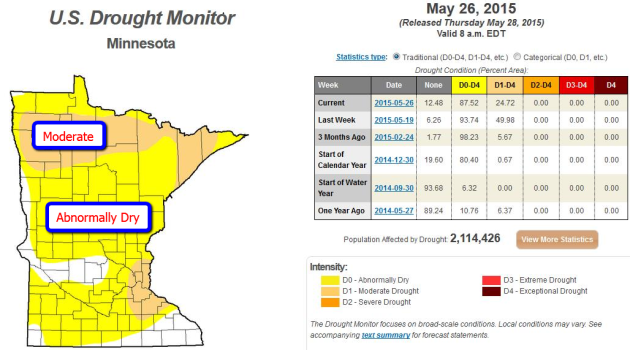


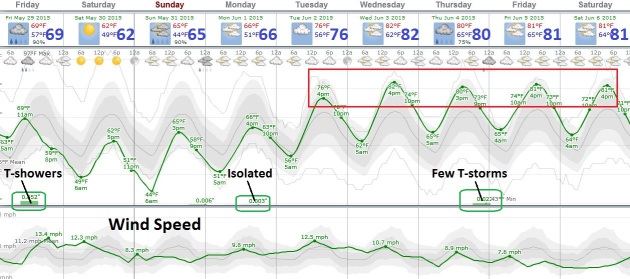
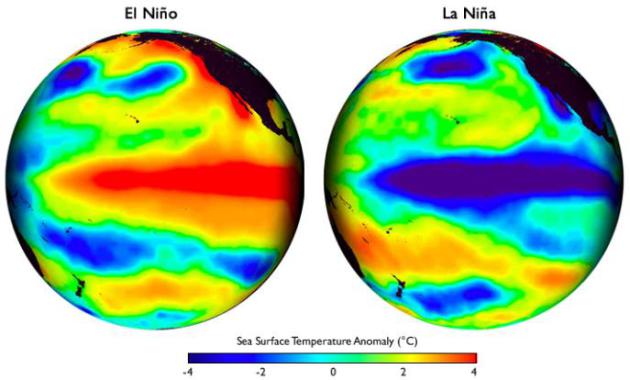


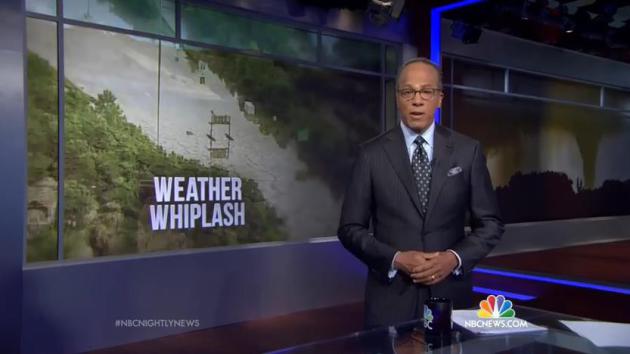

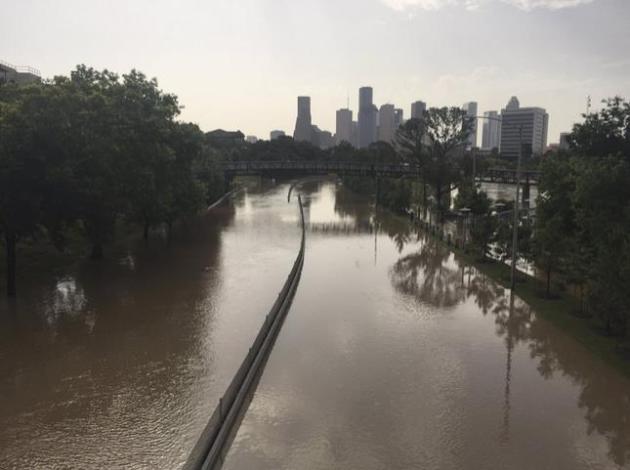
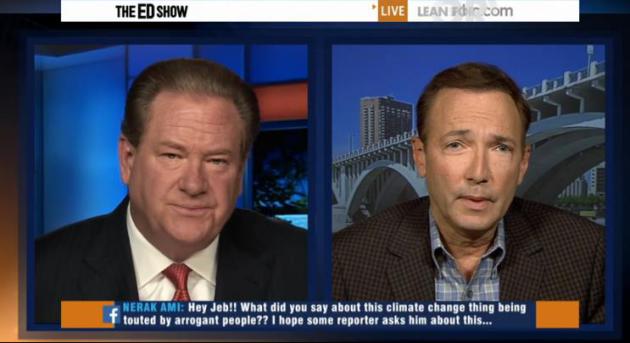
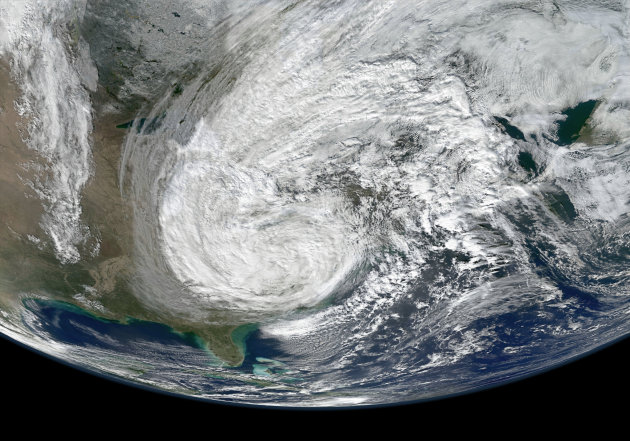

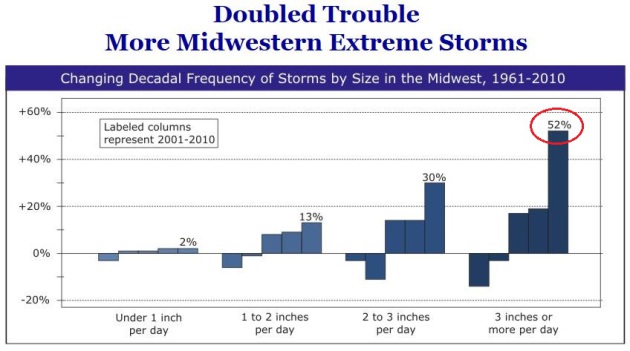
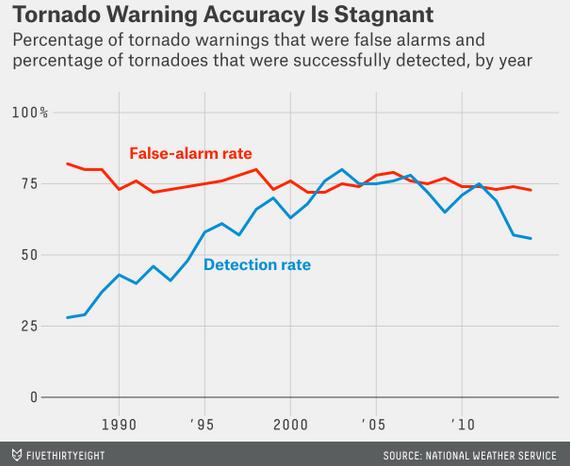
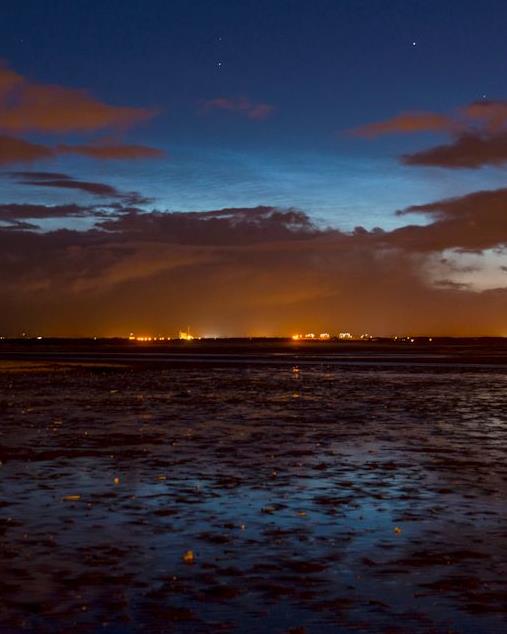

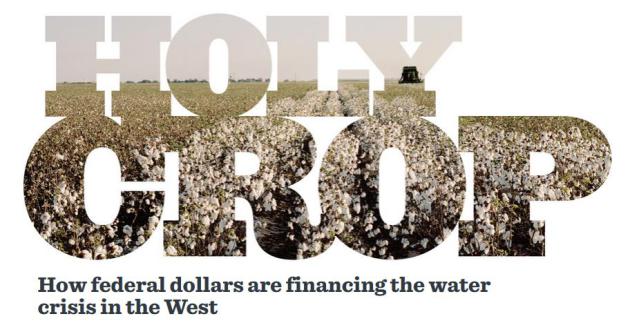




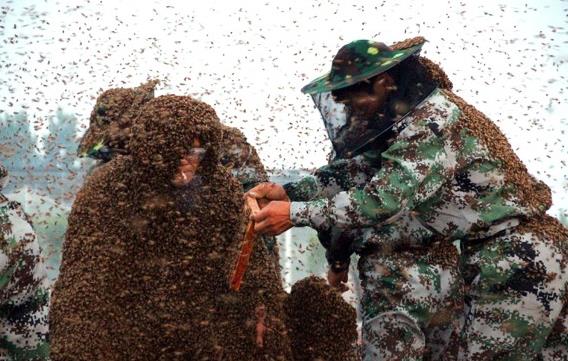




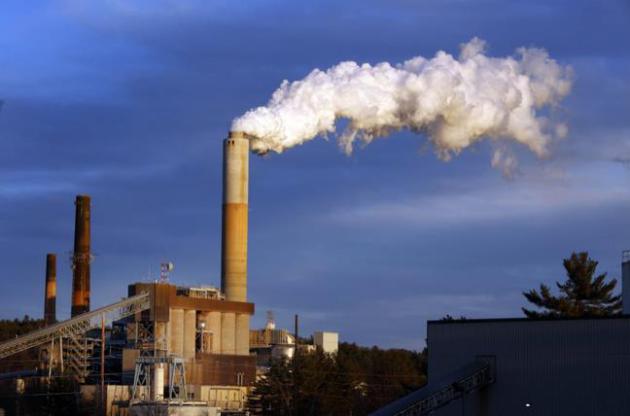

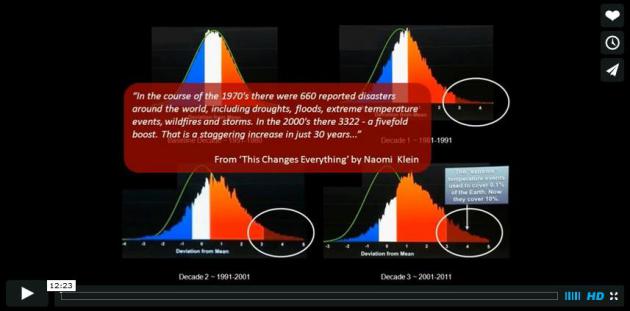
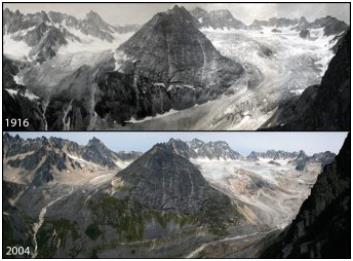


No comments:
Post a Comment